Bichon Frise
The Bichon Frise is a small dog breed known for its fluffy white coat. This breed is often mistaken for Poodles on the count of both breeds having a fluffy coat. The Bichon Frises are great companions and lovely family pets with awesome character and energy. They are affectionate and highly gentle dogs that love nothing more than being around their family. These dogs love playing, and if you have children, these dogs will be great and tireless playing partners that can keep up with the toddler's pace for hours.
These dogs are closely related to four other dog breeds - the Havanese, the Maltese, the Bolognese, and the Coton de Tulear. They all belong to the Bichon family, and some of them are involved in the development of others. It is widely believed that Bichon Frise was developed as a companion toy breed somewhere in the Mediterranean and taken around the globe via ancient trading routes.
They are small, but they are by no means fragile or shy. This breed is sturdy and will not allow others to mistreat or push them around. Despite that, they are incredibly gentle and loving with their family. Most of the time, they are very cheerful, which is the trait that makes them one of the best possible family pets.
They shouldn't be left alone for too long as they are prone to suffer from separation anxiety and can develop destructive behavior. Here are the most important things you should know about the amazing Bichon Frise.

Height:
9-10,8 in (23-30 cm)

Weight:
6,6-11 lb (3-5 kg)

Origin:
Belgium, France

Life Expectancy:
13-15 years
Dog Breed Characteristics
Appearance
Despite its diminutive stature, the Bichon Frise maintains a refined appearance. Dogs' withers should be between 9 and 11 inches tall. One-third of the body's length, the neck should be carried high and widened toward an angled pair of shoulder blades that are the same width and length as a human's foreleg.
There should be some substance in the front legs. Ideally, the breed should have a wide chest. The back should lead to a broad, muscular hind end with a rounded shape. From the withers to the base of the tail, the length should be the same as the withers' height.
The Bichon Frise should have a well-balanced head with a slightly rounded skull to match its body. The muzzle should be slightly longer than the forehead. The distance from the corners of the eyes to the tip of the nose should ideally be an equilateral triangle. However, excessive muscle in the cheek area should not be used to form the jaws or teeth. These dogs should have a large, black nose and dark, round eyes. Hair should cover the ears and hang close to the skull.
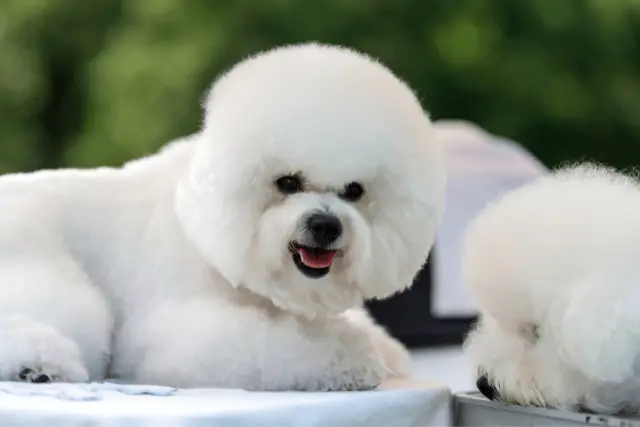
This well-balanced and agile breed should cover large distances with ease.
Coat type and color
The Bichon Frise is double-coated and white. Their wooly undercoat and coarse outer coat create a soft but considerable texture. The coat has a powder-puff appearance because it stands out from the body. With this cut, you can achieve a "poufy" look while still keeping your Bichon's body lines in mind.
Temperament
Having a positive outlook on life is one of the most recognizable characteristics of the Bichon Frise. This dog has a winning personality that makes them a favorite amongst family, friends, groomers, and veterinarians alike.
Although the Bichon is a playful and independent breed, this does not imply that they enjoy being left alone. In fact, the Bichon Frise is highly apprehensive about being left alone for an extended period of time. If owners do that, it can lead to separation anxiety. Unfortunately, Bichons have been known to go on destructive chewing and tearing sprees when confronted with such situations. The Bichon is clearly not a breed for those with busy schedules that leave their homes for extended periods.
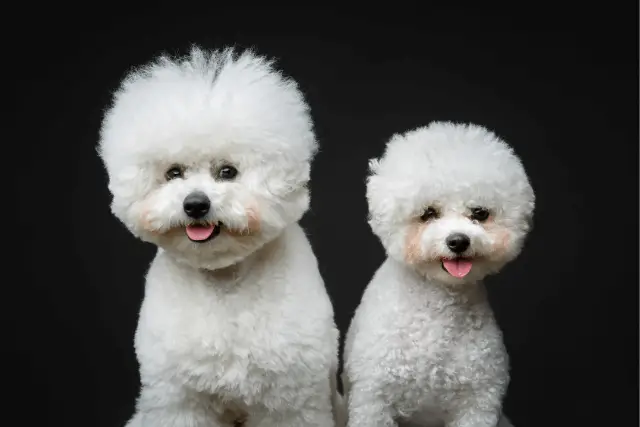
Care guide
The Bichon Frise is a high-maintenance companion breed, ideal for owners that love pampering their dogs. If you're thinking about becoming a Bichon Frise owner, make sure you have enough time or money to spend on keeping your pup looking its best. Many owners decide to leave the grooming to professionals, but if that's out of your budget, you will have to do it on your own.
It is a good idea to talk to your vet and ask for advice about caring for this breed. Here are the most important aspects of Bichon Frise care.
Grooming
It takes a lot of work to keep a Bichon clean and well-groomed. A lot of time should be set aside for brushing and bathing them so that their white coats stay clean. The mats and tangles in the coat will become more difficult to remove if you don't remove them before bathing.
Check your Bichon's ears regularly to ensure they're free of debris, redness, or bad odors. You may need to remove hair from their ear canal. If you don't feel comfortable doing it yourself, a groomer can do this for you.
It is not uncommon for Bichon owners to take their dogs for professional grooming every month or month and a half in order to have them "taken care of." There are many great online courses and guides that can help you learn how to do it yourself.
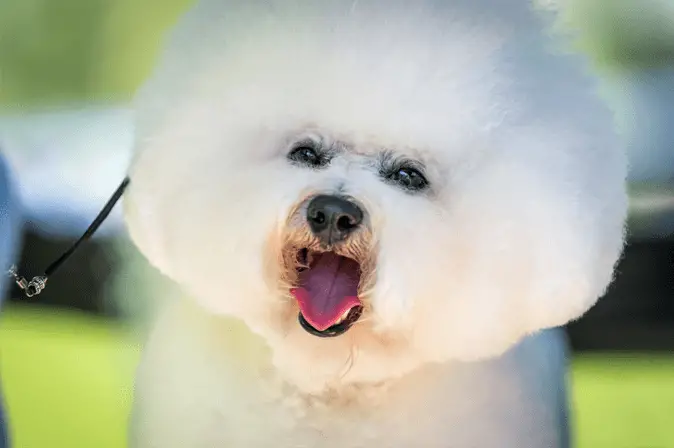
Keep your Bichon's face clean and trim for both health and appearance. If you don't clean the area around your dog's eyes regularly, your dog could develop eye problems.
Tear stains are common in this breed, and in many cases, the cause is an issue with vision or even food allergies. You should take your dog to the vet if tear staining becomes a problem because Bichons are susceptible to several eye diseases. A blocked tear duct, ectropion, and entropion are common problems in this breed. These and other possible causes of tear stains can be determined by your veterinarian.
Try to brush your dog's teeth 2 times a week to remove tartar and bacteria that have built up. To prevent dental diseases, it is best to brush your dog's teeth twice a day.
Trim your dog's nails regularly if they don't wear down naturally. Make sure you don't clip too far because your dog's nails have live parts, and they may not be too happy the next time you bring out the nail clipper. So, if you're unsure how to clip your dog's nails, ask professionals for advice.
Training
Intelligent and attentive, the Bichon Frise loves to please and quickly learns. Because of this, they are generally easy to train, especially if they are consistently trained from a young age, and their recall is quick, especially if the training is consistent. This makes housetraining a breeze for the most part.
Make sure you include basic obedience in your Bichon Frise training. Commands like Sit, Come, or Stay are absolutely essential for all dogs to learn. These commands will keep the dog out of trouble and are an excellent foundation for more complicated commands and advanced obedience.
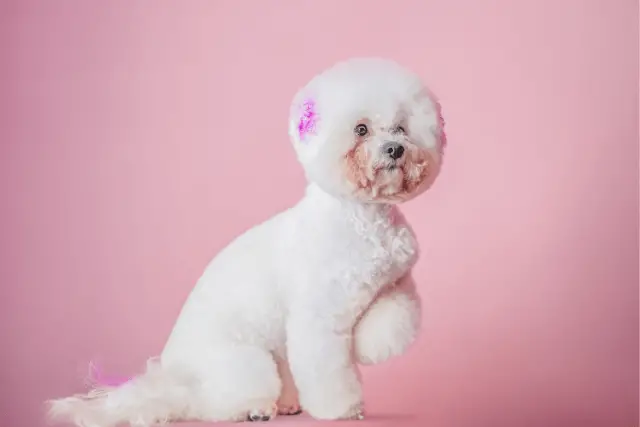
Exercise needs
To maintain a happy and healthy Bichon Frise, it is recommended that the dog be exercised for 45 minutes each day. Even though the breed enjoys the freedom to roam around, it is not essential for them, making it an ideal choice for urban environments. Although the breed does not require a lot of exercise, a stimulating environment at home with many toys helps keep them happy.
Socialization
Unfortunately, socialization is something that many dog owners overlook. When it comes to socializing a small dog like a Bichon Frise, many people don't think they need as much socialization as a larger dog. That, of course, is not true. As soon as your new dog arrives, you should begin socializing them.
Do everything you can to expose them to various sights and sounds, including dogs and people, as soon as your vet allows it. Take your dog to dog parks and other places with a lot of people so they can get used to crowds and learn proper and acceptable behavior. However, because the Bichon Frise is tiny, you must take extra precautions to ensure that it does not become injured while playing with larger dogs.
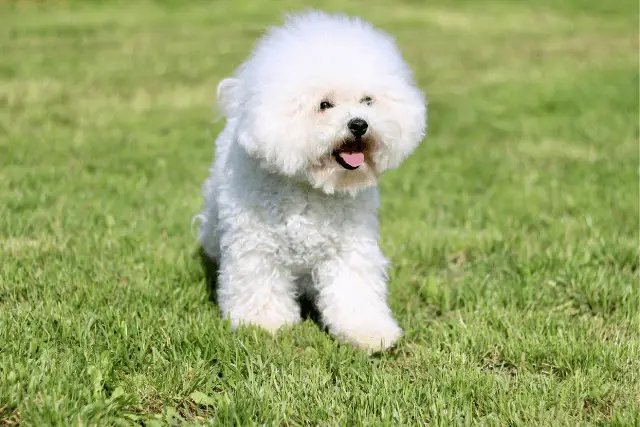
Bichon Frises and kids
Bichons make exceptional family dogs and are especially good with young children. Their favorite pastimes include playing with children, sitting on their laps, and participating in their games. They can put up with a lot of screams and yelling. Since the Bichon is such a small dog, make sure your children know what is okay to do around the dog and what could harm them.
Accidents can happen when you mix a small breed like the Bichon Frise and children who weren't properly taught to behave around them.
Bichon Frises and other pets
To keep the Bichon happy, they need a lot of attention from their owner. The Bichon can easily learn to get along with other animals, including cats if introduced to them properly and they are all properly trained. Because they were bred to be docile companions, these dogs don't have a strong prey instinct. Even so, the best way to ensure good relations between different species is to introduce them gradually and raise them from an early age.
Health
As with any breed, the Bichon Frise can be prone to certain health issues. If you're thinking about getting a Bichon Frise, you should be aware of these diseases, even if your dog won't get them. They generally live longer than larger breeds, and their average lifespan is 13 - 15 years. There are some indications that European Bichons live longer than those in North America, so future owners must be aware of potential health problems these dogs can face. These health issues include;
- Cataracts - These dogs can be affected by hereditary cataracts that cause their eyes to become clouded.
- Cushing's disease - Excessive levels of the hormone cortisol are produced in the body when this condition is present.
- Patellar luxation - In this orthopedic condition, the kneecap is popped out of place.
- Portosystemic shunt - An abnormal communication between blood vessels happens. Therefore, the liver does not get to deal with compounds that are taken up by the dog's digestive system.
- Patent ductus arteriosus - The affected puppy is born with a heart defect. This blood vessel usually closes shortly after birth to allow blood to pass through the lungs and be oxygenated during the dog's respiration. When it comes to affected dogs, the vessel is left open, which can lead to a variety of problems.
- Immune-mediated hemolytic anemia - The immune system attacks the body's red blood cells to cause this disease. Because of a lack of red blood cells, the body has difficulty delivering oxygen to cells.
- Allergies - Bichons are prone to allergies caused by various factors.
- Bladder issues - Urinary tract problems, such as kidney stones and infections, are common in this breed.
- Sensitivity to vaccinations - Some Bichons have a sensitivity to vaccinations, and many are affected even by the most common of vaccines.
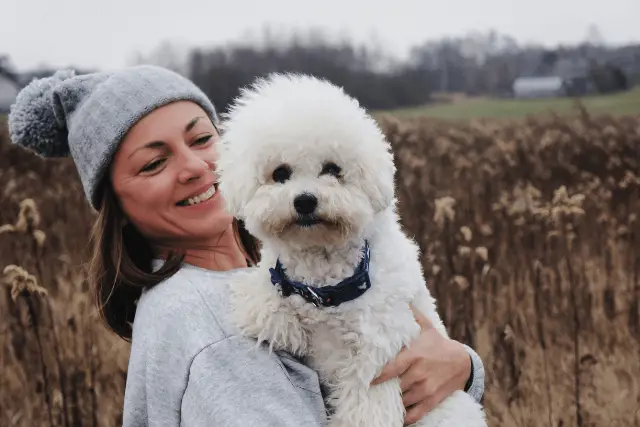
Bichon Frise breeders
Bichon Frise is a popular companion breed. That means many shady breeders and puppy mills try to take advantage and earn quick money. However, puppies that come from these types of "breeders" are usually kept in terrible conditions and are often very unhealthy.
It is absolutely crucial you find a trusted Bichon Frise breeder that takes proper care of their breeding dogs and puppies. Getting in touch with them might take time, but be patient, and you can be sure your Bichon Frise puppy will have the best possible start in its life. If you are unsure about this breed, talk to the breeder. They will welcome your questions and be happy their puppy is heading to a knowledgeable home that will take good care of them.
World Dog Finder team

Updated at31.08.2023.
Breed History
Many dog breeds, including the Bichon Frise, origins are unclear. Many people believe that the Bichon is a descendant of the Barbet, a medium-sized, fuzzy dog. Early Bichon owners were so sure of that fact that they created the word Bichon from barbichon, a diminutive of Barbet. The Maltese, Bichon Frise, Bolognese, and Coton de Tulear all belong to the Bichon family of dogs. They all hail from the Mediterranean and share a similar appearance and temperament.
In the 14th century, French sailors brought the dogs back from Tenerife, one of the Canary Islands, where they were bred. Some believe these dogs were transported there by ancient merchants using the famous Phoenician trading route, and the breed is believed to have originated in Italy.
The second Bichon origin theory says the Spanish sailors took these dogs to Tenerife. After that, Italian sailors took them back to Italy and Europe's mainland in the 14th century. According to this story, many Bichon Frise dogs were brought back from Italy by the French as war booty in the 1500s.
For whatever reason, nobility quickly fell in love with the Bichon Frise when it first arrived in Europe. During the time of French King Francis I in the 16th century, Bichons were popular in royal courts. King Henry III was so in love with his dogs he wore a special basket around his neck so that he could take them with him wherever he went. They became popular in the Spanish royal family and even among artists like Goya, who depicted a Bichon in many of his works.
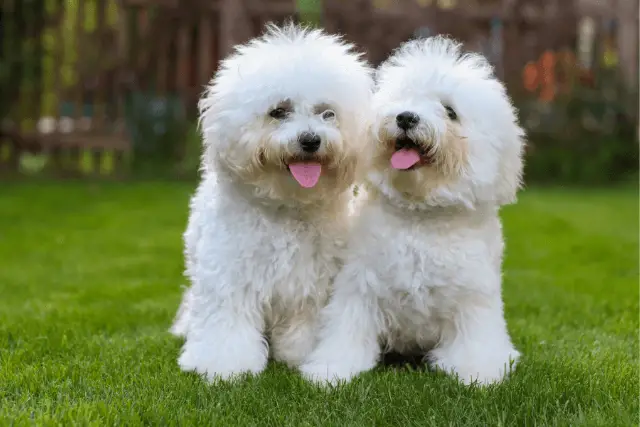
During Napoleon III's reign, this breed was a popular pet, but its popularity dwindled with the royals until the late 1800s. A common dog at the time, it was sometimes owned by circus performers and was even trained to help the blind. Without the Bichon's intelligence and adaptability, the breed would have probably gone extinct during this time.
A renewed interest in the Bichon came from French breeders following World War I. On March 5, 1933, the French Kennel Club adopted the breed standard for the little dog, naming it Bichon Tenerife. The FCI renamed the breed "Bichon à poil frise" or "Bichon with a curly coat." FCI president, Madame Nizet de Leemans, is credited with the name. The name was switched to Bichon Frise later that year. The first dog was accepted into the French Kennel Club's studbook on October 18, 1934.
The Bichon Frise was introduced to the United States in 1956, and in 1975, the Bichon Frise Club of America was established.
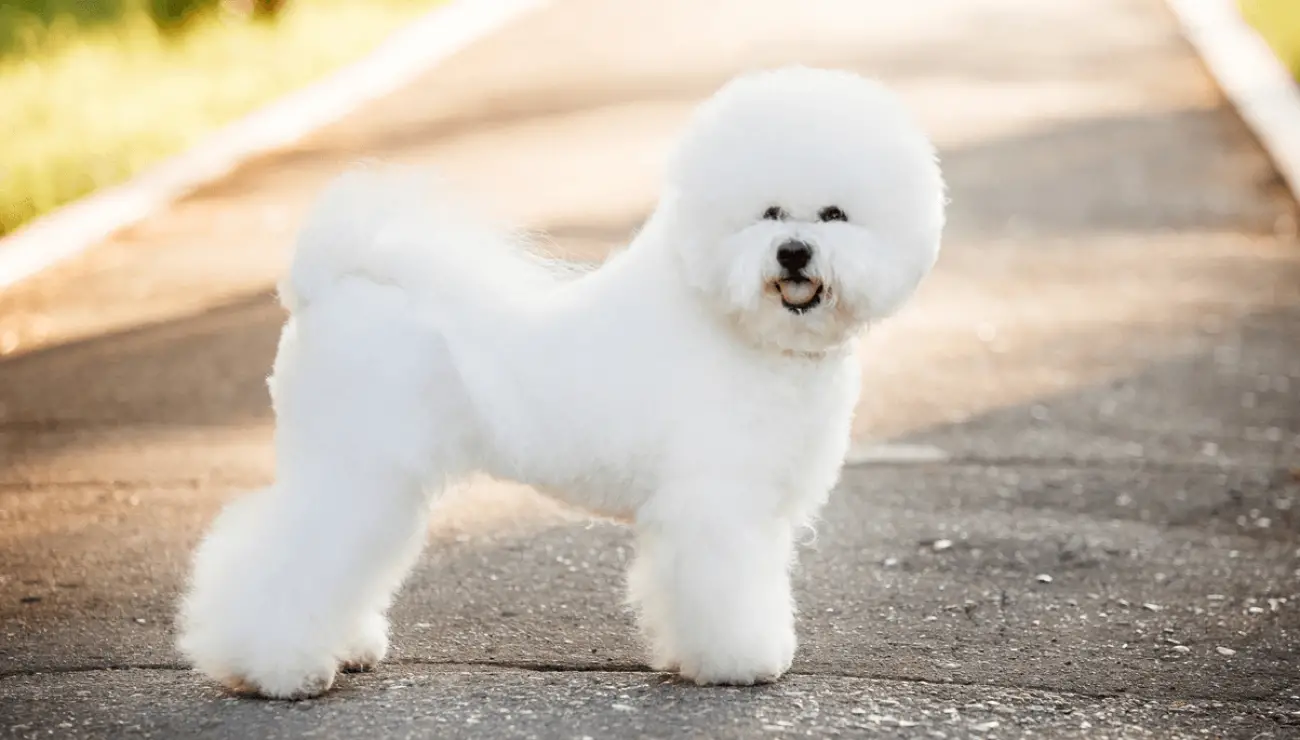
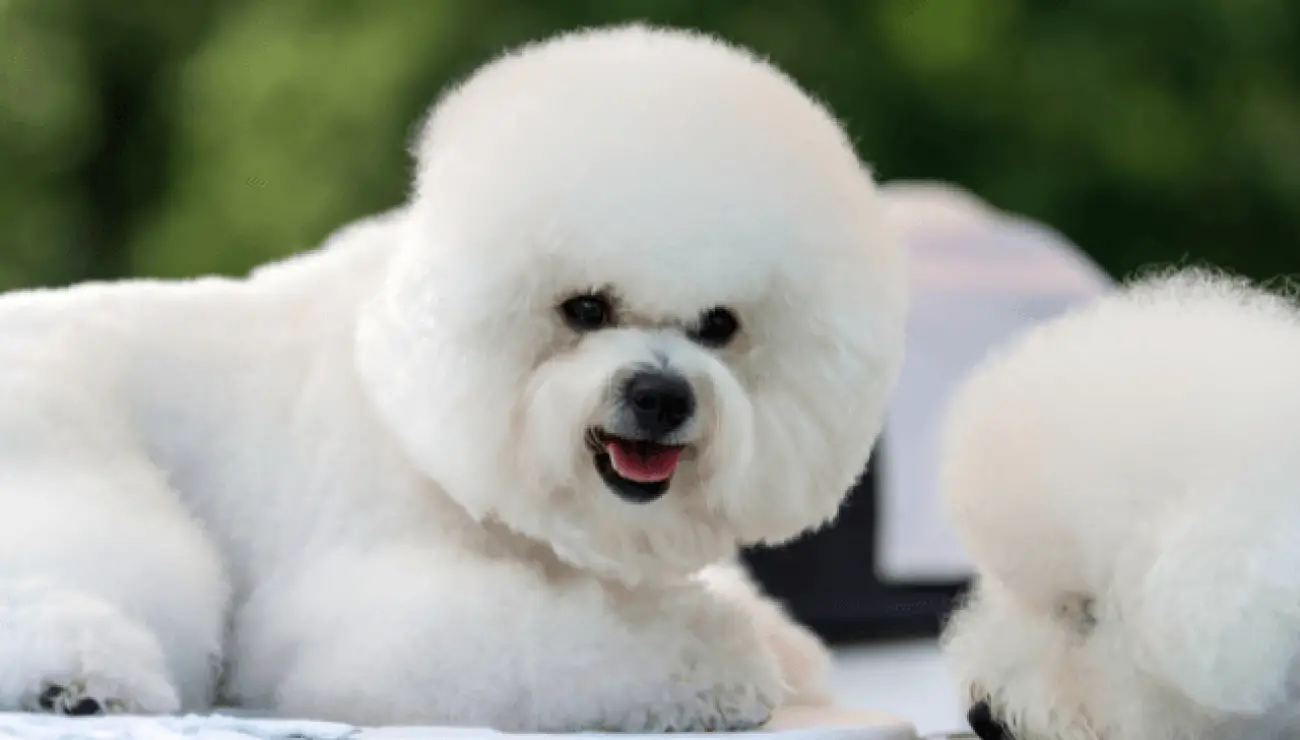
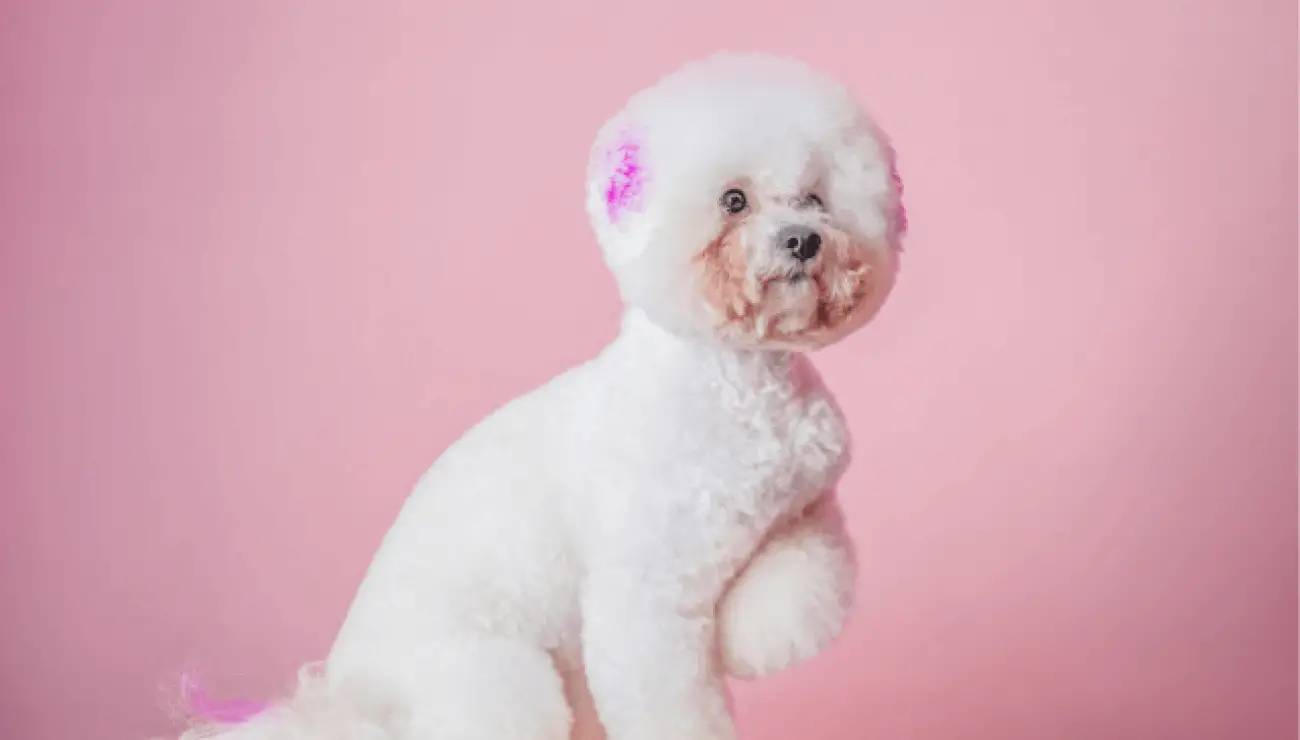
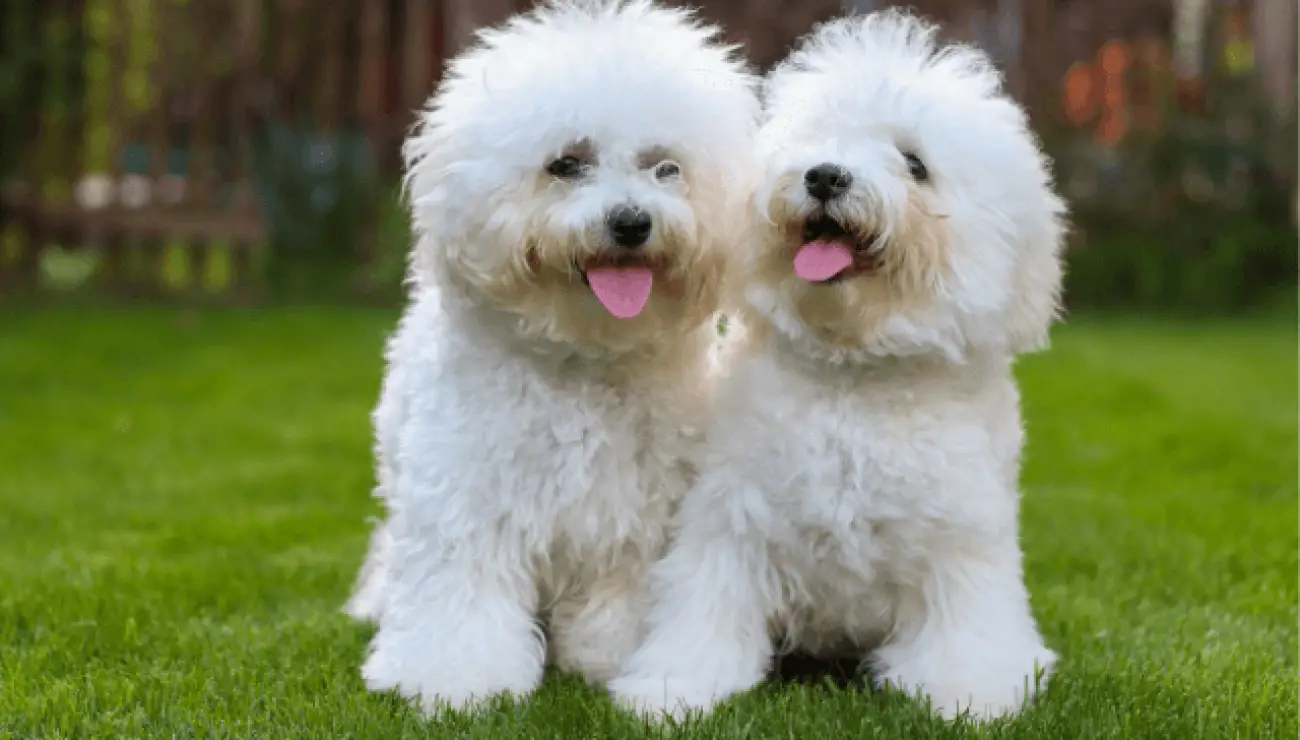
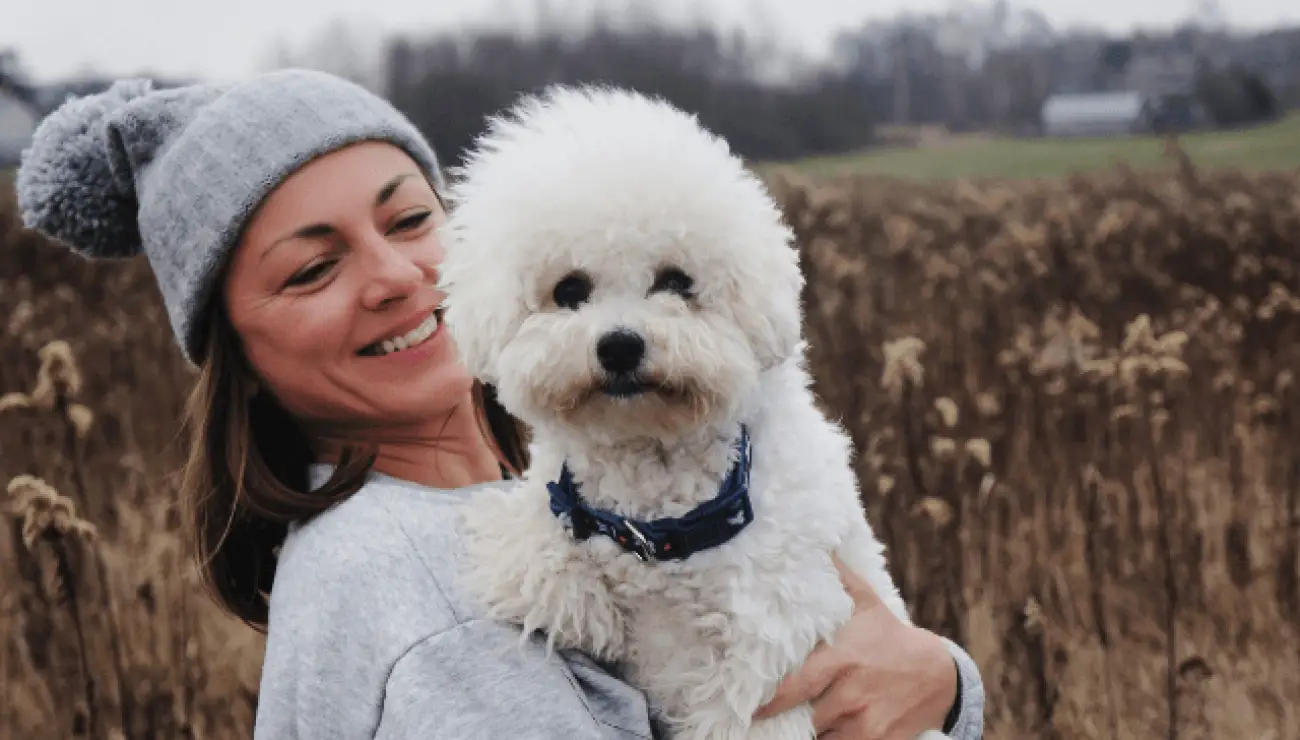
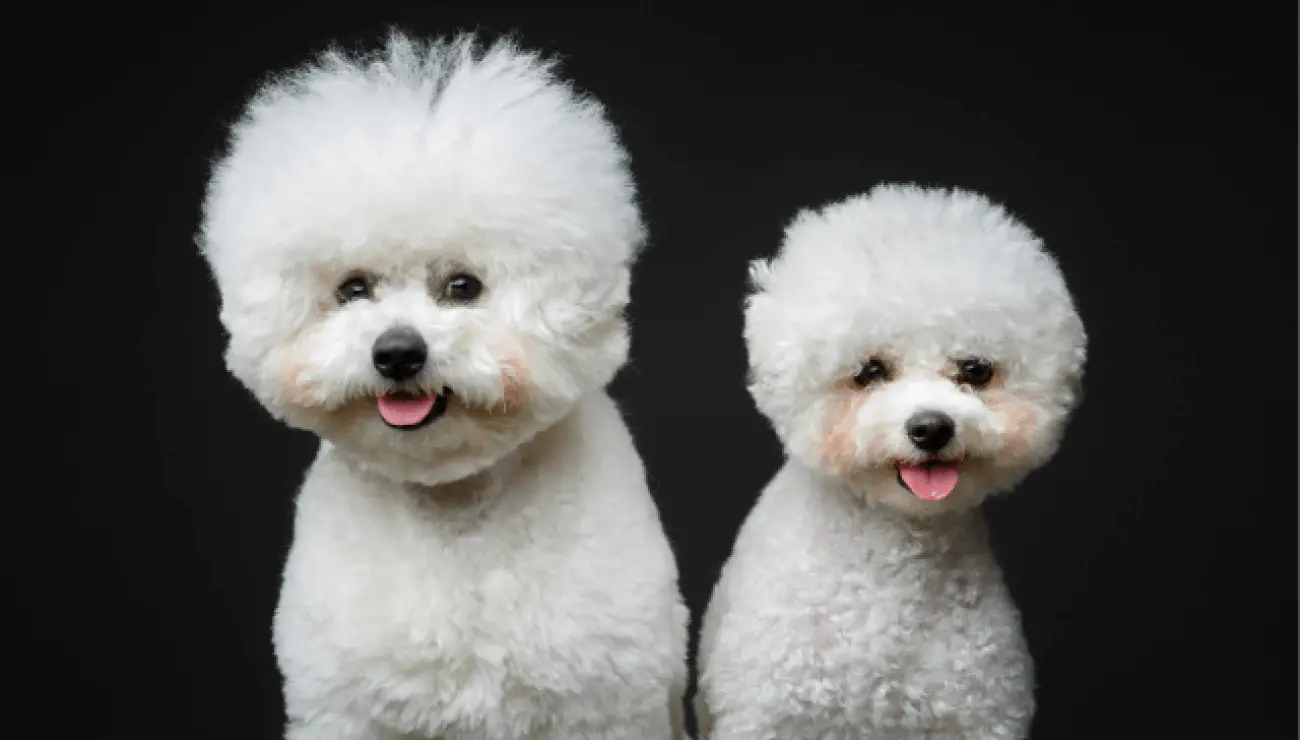
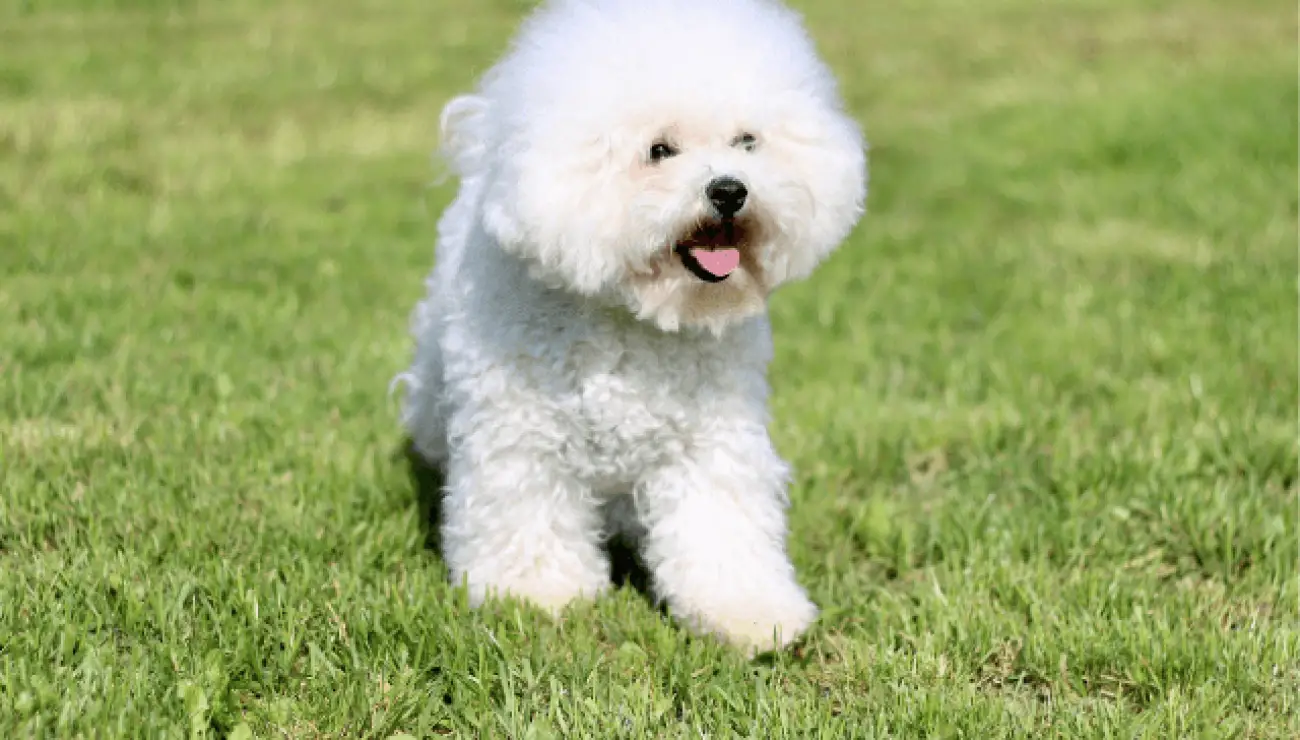
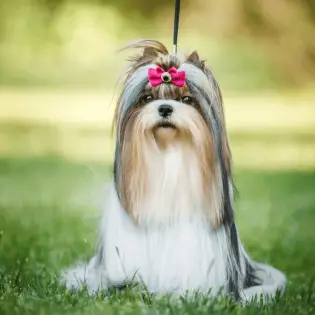
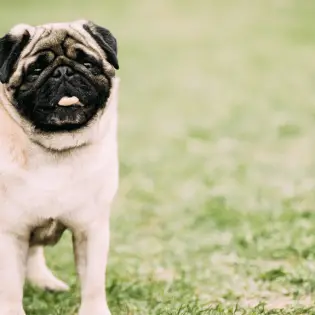

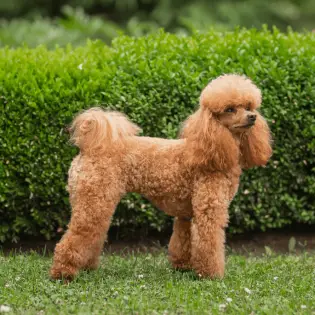
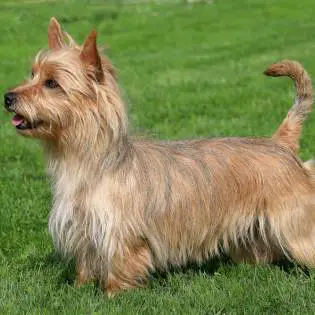
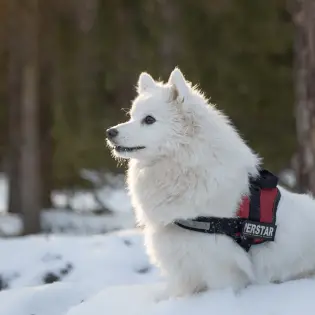
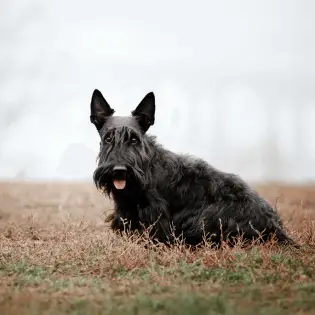
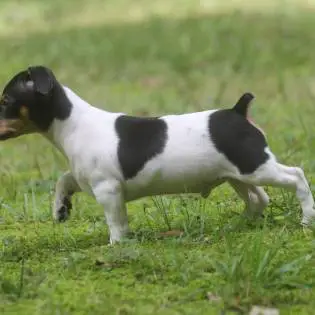
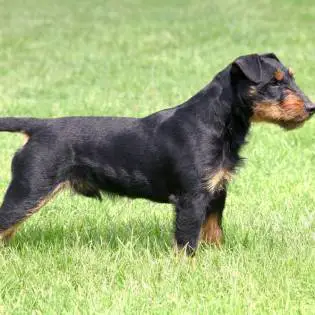


Share